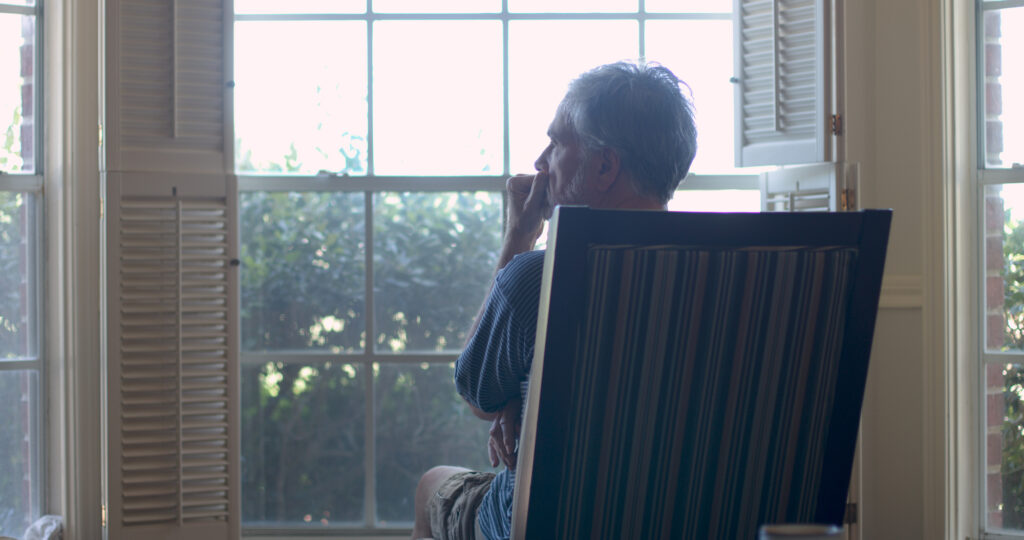The residential aged care sector in Australia is facing a critical financial situation, with operating losses continuing to grow, according to the latest StewartBrown report for the 6 months to 31 December 2022.

The Aged Care Financial Performance Survey Report analysed data from 1,138 aged care homes and found that the average operating results showed a loss of $15.98 per bed per day, up from $10.31 the previous year.
The report confirms the ongoing economic decline of the sector, with many providers operating at a loss and facing financial sustainability challenges. In fact, 63 per cent of aged care homes operated at a loss during the last six months of 2022.
Workforce shortages have been a major contributor to the financial challenges, with providers relying on agency staff, which represented an increase of $8.81 per bed per day compared to the previous year.
Occupancy levels have also declined, with the report showing a decrease from 91.5 per cent in the previous year to 90.8 per cent of available beds. This further erodes the financial performance for providers. The report’s authors expressed surprise that there hasn’t been greater provider failure despite five years of successive financial losses in the sector, especially considering the contradictory trend of major mergers and acquisitions.
The home care sector is also facing financial challenges, with staffing shortages and a complex regulatory environment impacting its performance.
The report analysed data from 66,703 home care packages and found that the current operating result has decreased to a surplus of $2.54 per client per day, compared to $4.51 the previous year. The authors of the report noted that this financial return is not adequate given the investment required and business risk involved in providing essential services to the elderly in a home care setting.

Underutilisation of services is also a significant issue in the home care sector, with unspent funds reaching $11,241 for every home care client during the period analysed. The report identifies flaws in the current funding model and staffing shortages as major reasons for this issue. The authors recommend increased utilisation of services to cover fixed costs, encourage investment in technology and innovation, and improve financial performance.
The report also highlights the uncertainty in the home care sector due to a lack of clarity over the new home care model scheduled to be implemented from 1 July 2024, which is causing stagnation in innovation among providers.
In conclusion, the report recommends that sector stakeholders look beyond government funding issues to produce profitability. The authors suggest greater consumer co-contribution in funding aged care, particularly for indirect care and accommodation services, with the current resident contribution of 4 per cent being significantly lower than the actual cost of care. It supports amendments to the aged care means test, including the inclusion of the full value of an owner’s home in the means test for residential care.
Workforce shortages remain a significant challenge, and the authors question whether the recent 15 per cent wage increase is sufficient to attract additional staff. They also call on the Independent Hospital and Aged Care Pricing Authority to ensure that funding matches input costs and inflation and wage increases are appropriately covered.
The report concludes that the successful implementation of these reforms will require unanimous support from all stakeholders and an increased understanding of the financial aspects of providing aged care services. The current financial position of the aged care sector in Australia is critical, and urgent measures are needed to address the ongoing challenges and ensure the financial sustainability of the sector.
Sean McKeown









